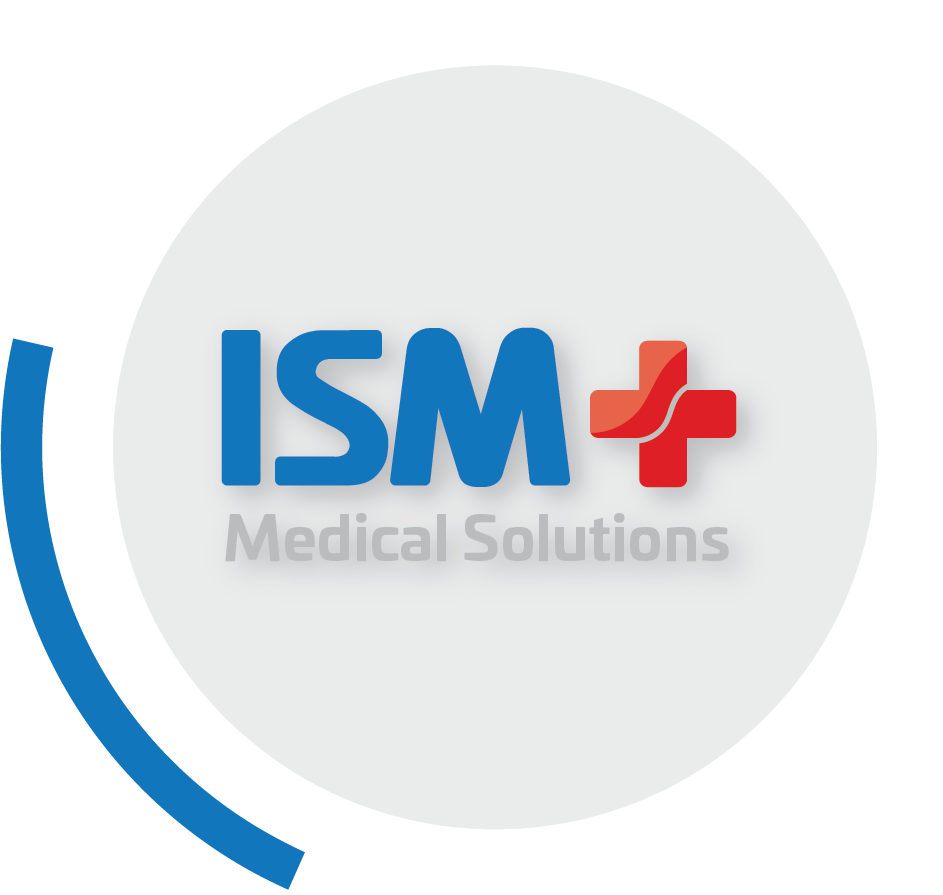It is always good to prepare for the worst in as much as we don’t wish anyone to get hurt. Often, when a medical emergency does arise, it can be extremely stressful and can cause a lot of confusion, most of the time people would not know what to do next. That is where medical emergency response plans come into play.
A medical emergency response plan is a clear list of steps for how to transport a patient from their point of injury or illness to a definitive care facility. Creating a response plan can be a difficult task, one that is time consuming.
At ISMed we know firsthand just how difficult creating a medical emergency response plan can be, here is a list of six things we have put together to help get prepared for any emergency at your project site.
1. Important Contact Information
A medical emergency response plan should include the contact information for key employees. This includes names and phone numbers for on-site medical staff, local emergency services, hospitals, project managers, and telemedicine services. It makes it easier to pass key information to the relevant people within the location. Other contacts to consider including are air evacuation support and embassies. In addition to names and phone numbers for contacts, including emails and even time zones can be helpful, especially when creating an emergency medical response plan for an international project site.
2. Medevac Plan
The medevac plan lays out all the steps that should be taken when a medical emergency arises. One of the best ways to display this plan is through a flowchart. Some steps to include in the flowchart are:
- Evaluation of the injury or illness
- What to do if the injury is considered a medical emergency
- What to do if the patient is treated on-site, but their condition worsens
- The necessary steps for coordinating an evacuation, including which evacuation provider to contact first.
- When to contact the telemedicine service
- Ideally, this flowchart should be easy for anyone to follow, including non-medical professionals. Although contact information for medical and evacuation providers should be included at the beginning of the medical emergency response plan, it can be helpful to list it next to each provider referenced in the flowchart. This helps lower stress and reaction time during emergencies.
3. Recommended Hospitals
A list of recommended local hospitals is an essential part of every medical emergency response plan. Depending on the distance between the project site and definitive care, it can be beneficial to include both a stabilization hospital and a definitive care hospital.
The capabilities of each hospital should be thoroughly vetted before being included; the capabilities should be listed in the response plan. Some specific capabilities to look for are:
- Emergency department
- Trauma team
- Bypass capability
- Intensive care unit
- MRI
- Neurosurgery
- Vascular surgery
- A thorough review of the quality of care is especially important for international hospitals, as not all provide care at the Western level.
4. Transportation Resources
Getting a patient to definitive care can be a difficult task, particularly when operating on a remote project site. Because of this, it’s important to include the contact information for trusted transportation options in every medical emergency response plan.
Most response plans include information for two types of transportation: ground and air. Contact information, such as phone number, email, website, and address, should be included for at least one provider of each type. A brief description, including any service concerns, should also be included.
5. Local Health Risks
When operating internationally, each project location comes with its own risks. Many viruses are more prevalent in certain areas of the world, and political instability can lead to violence. Every medical emergency response plan should take local health risks like these into account.
Including descriptions and symptoms of viruses that are prevalent in the project area, such as malaria, dengue fever, and hepatitis B, can help healthcare providers and patients identify potentially deadly infections early on. Additionally, listing out potential security risks, like terrorism, can be helpful.
6. Diplomatic Resources
Knowing the location and contact information for diplomatic resources, such as embassies, is essential, particularly when employing expatriates. Address, GPS coordinates, phone number, email, website, and hours should be included in the medical emergency response plan for each embassy.
If thinking about creating a medical emergency response plan for your international project site stresses you out, we can help. Contact us today to learn more about our medical emergency response planning and other telemedicine services.
For emergency response services and solutions please contact us on contact us:
Call: +254110126748
Email: info@ismed.biz





